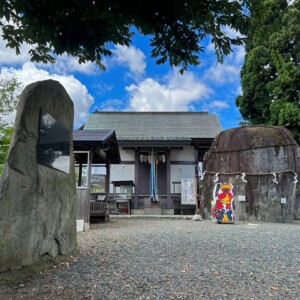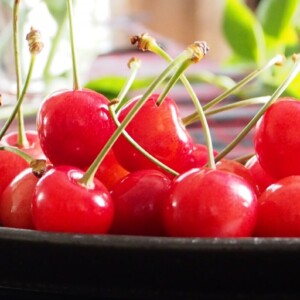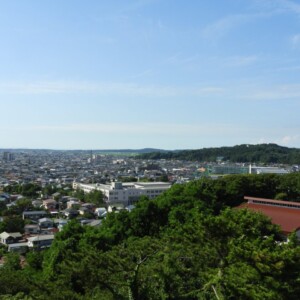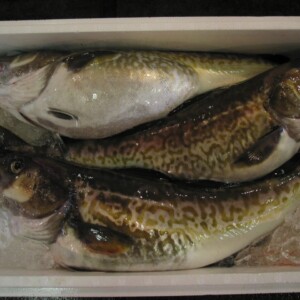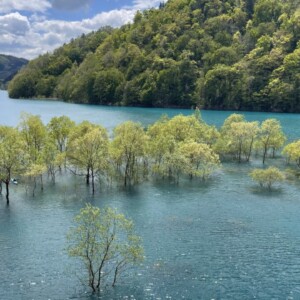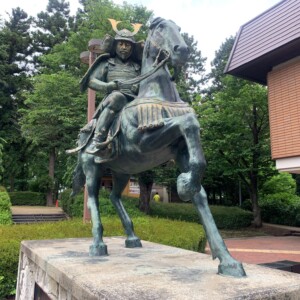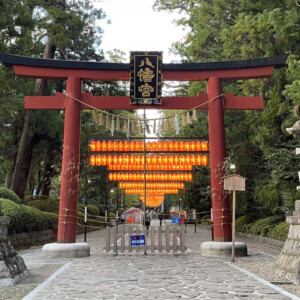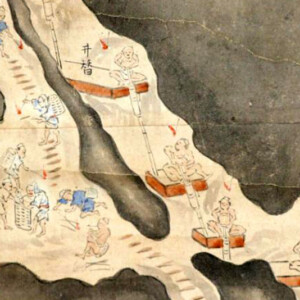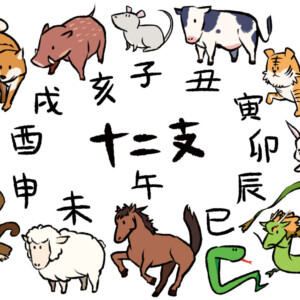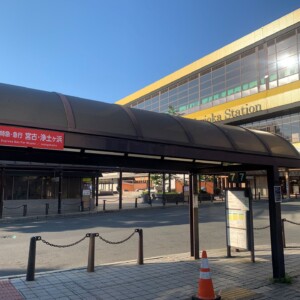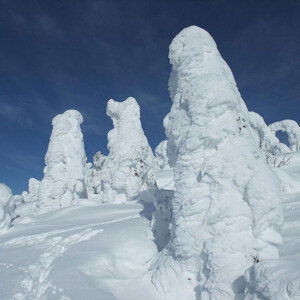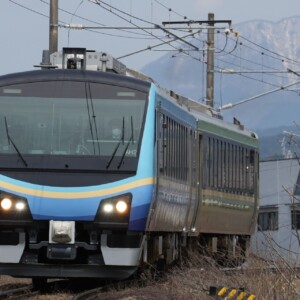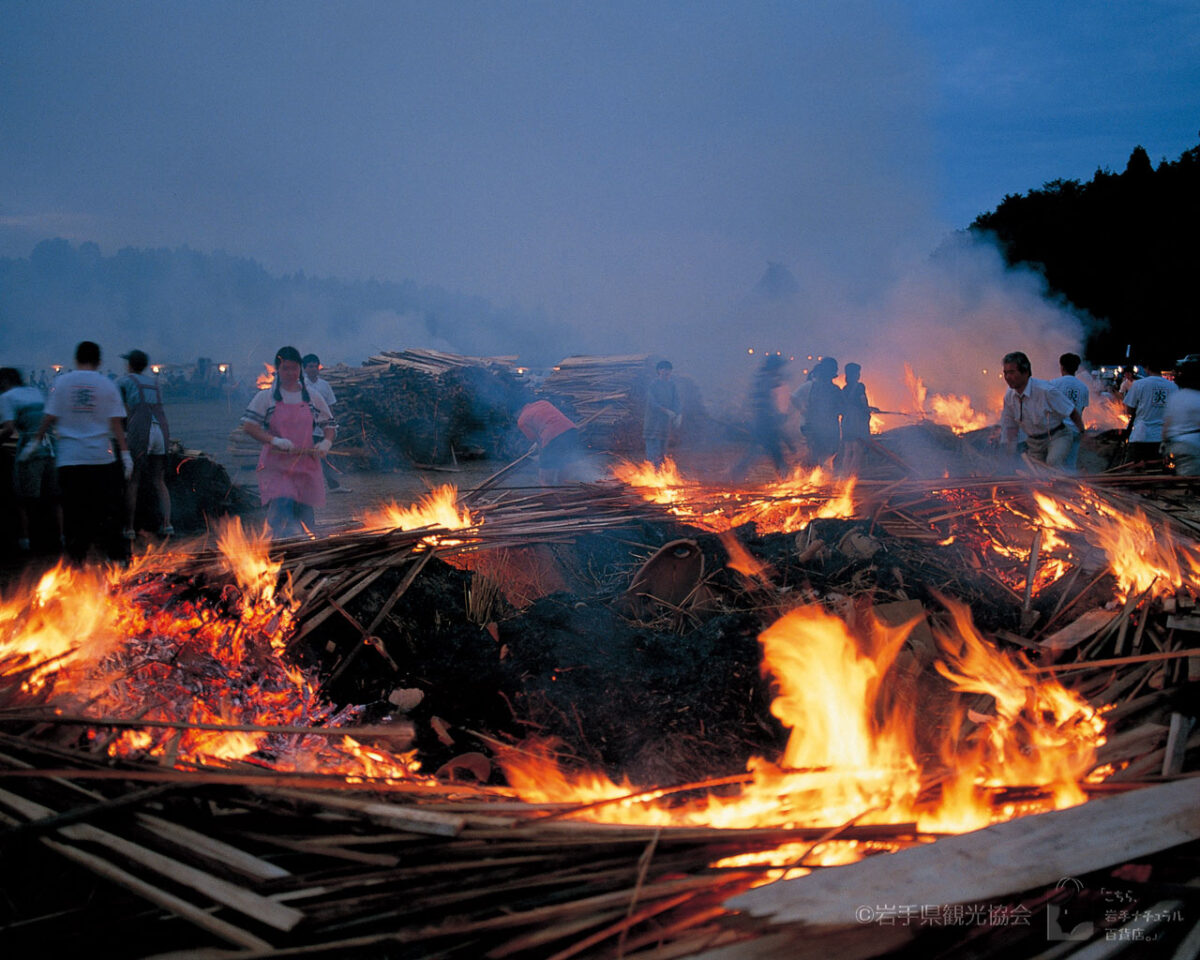
[Iwate Prefecture] Jomon Flame Fujisawa Noyaki Festival 2022 to be held! Why not try making your own original Jomon pottery?
table of contents
The Fujisawa Noyaki Festival in Fujisawa Town, Ichinoseki City, Iwate Prefecture, which was canceled for two consecutive years due to the COVID-19 pandemic, will be held for the first time in three years for two days, August 13th (Sat) and 14th (Sun) 2022
This festival, also known as the "Festival of Earth and Fire," recreates the ancient Jomon pottery burning ceremony and is a fire festival where you can reminisce about the romance of the Jomon period while watching the flames scorch the night sky
What is the Fujisawa Noyaki Festival? Its history and events
The farmer archaeologist and potter Shiono Hanjuro proposed recreating the open burning of Jomon pottery, and the town of Fujisawa (now Ichinoseki City), which was suffering from depopulation, cooperated with the event, which has been held every year during the Obon period since 1976
The "Firing Ceremony" is held from 6:00 pm on the first day, and pottery is fired in 11 holes dug 8 meters long and 4 meters wide. The fired pottery is then judged the following day
There will be many food stalls at the venue, and the following events will be held:
Fire-lighting ceremony
Local junior high school students dressed up as Jomon people will start a fire from the frictional heat generated by rotating a wooden stick on a board
This method is called the "Maigiri method," and this fire-making event is one of the highlights of the festival
Works judging
The fired pottery is taken out of the kiln on the morning of the second day and judged by a panel of eight judges
The best work will be awarded the Shiono Hanjuro Grand Prize (100,000 yen, a certificate, and a plaque), and many other prizes will also be awarded
The winning works will be exhibited in Fujisawa Town for one year
Fujisawa Noyaki Festival Photo Contest
The contest has been held since 2008, and each person can submit up to five smartphone photos. This year's submission period runs from Monday, August 19th to Friday, September 20th, with the winners announced around October
The winner will receive a Fujisawa Town specialty product (worth 8,000 yen), while the runner-up will receive a product worth 6,000 yen, and the winner will receive a product worth 3,000 yen
"Netto Koshien" Festival for High School Ceramic Artists
Entries can be made by groups such as schools or regions, or by individuals, and the winner will receive a QUO card worth 30,000 yen and a certificate
The top eight will also receive a QUO card and a certificate, so why not try your hand at making Jomon pottery?
Jomon pottery produced by the flames of open burning
Jomon pottery is unglazed pottery with a distinctive rope pattern that has been used in Japan since before the Jomon period, 16,500 years ago
They come in a variety of shapes and were used for cooking and storing nuts, as well as for water buckets and coffins
How is Jomon pottery made?
This pottery was made in an era when there were no spinning wheels, so to make pots and other objects, clay was rolled into thick strings and layered
Make as many thick strings of clay as you need, then wrap them in a damp towel to prevent them from hardening, and roll them into balls as you stack them
The key is to treat the joints, using a clay called "dobei" dissolved in water as an adhesive, making small scratches in the joints and allowing the "dobei" to soak in like glue
Also, the joints of the string-like clay are shifted for each layer
As you are stacking the clay, occasionally tap the outside lightly with a board to make it firmer and less likely to break
Once the shape is complete, let it dry
First, dry it slowly in the shade, and once the surface turns white, dry it in the sun for about two weeks
To prevent cracking when burned, it is important to allow the wood to dry naturally
The baking time depends on the weather
Since it is an open-air firing, the finished product will vary depending on the condition of the work, the weather and humidity on the day, as well as the heat
You'll have to wait until it's finished to see how your creation turns out
How can I enter the Fujisawa Noyaki Festival?
First, we purchase clay for pottery provided by Fujisawa Town
Please download the "Clay Application Form" from the Noyaki Festival website and apply by fax or by phone
The clay is sold in 10kg units and the participation fee is the price. Prices are as shown in the table below
- Ichinoseki city residents: Children, students, and pupils 800 yen/10 kg, adults 1,000 yen/10 kg
- For those living outside Ichinoseki City: Children, students, and pupils 1,000 yen/10 kg, adults 1,500 yen/10 kg
In principle, clay will be handed over to the secretariat, but cash on delivery is also possible via courier
In fact, clay sales will end on Friday, July 22nd, but there were so few participants that we have a lot left over
Why not contact the Fujisawa Noyaki Festival Executive Committee to find out if you can still purchase some, and try your hand at making Jomon pottery?
Works will be delivered on the day of the festival
Works will be brought in between 1pm and 3pm on Saturday, August 13th, the first day of the festival (please be on time!)
After that, between 3:00 and 5:00 pm, the pieces will be placed in the designated kiln under the instructions of an attendant, and then taken out of the kiln between 7:30 and 8:30 am on the following day, the 14th (Sunday), and brought to the judging area
Information
- Name: Fujisawa Noyaki Festival
- Location: 41 Fujisawa Ningo, Fujisawa-cho, Ichinoseki City, Iwate Prefecture, 029-3405 (Fujisawa Sports Ground)
- For inquiries, please contact: Fujisawa Noyaki Festival Executive Committee
- Phone number: 0191-63-5317
- Fax number: 0191-63-5133
- Official URL: https://noyaki.net/
Google Map
summary
The Fujisawa Noyaki Festival, being held for the first time in three years, is seeing a low number of participants and the organizing committee is struggling with a lack of budget
The other day, it was reported on the TV news that there was a pile of surplus clay behind the Fujisawa branch office. If you are interested, why not consider participating in the creation of Jomon pottery or crowdfunding?
Crowdfunding page: We want to make the Fujisawa Noyaki Festival, which even Taro Okamoto was moved by, a festival that will continue for 100 years.


![The specialty of Genbikei, "Flying Dango," is definitely worth a visit! Delicious activities! [Ichinoseki City, Iwate Prefecture] Genbikei bus stop](https://jp.neft.asia/wp-content/uploads/2017/04/IMG_5931-150x150.jpg)
![Bottle Don is the definitive Sanriku souvenir that looks delicious! [Iwate Prefecture] Bottle don (abalone, scallop, salmon roe)](https://jp.neft.asia/wp-content/uploads/2023/06/IMG_5048-150x150.jpg)
![Ryusen-no-no-no-no-no-no-no-no-no-no-no-no-no-no-no-no-no-no-no-no-no-no-no-no-no-no-no-no-no-no-no-no-no-no-no-no-no-no-no-no-no-no-no-no-no-no-no-no-no-no-no-no-no-no-no-no-no-no-no-no-no-no-no-no-no-no-no-no-no-no-no-no-no-no-no-no-no-no-no-no-no-no-no-no-no-no-no-no-no-no-no-no-no-no-no-no-no-no-no-no-no-no-no-no-no-no-no-no-no-no-no-no-no-no-no-no-no-no-no-no-no-no-no-no-no-no-no-no-no-no-no-no-no-no-no-no-no-no-no-no-no-no-no-no-no-no-no-no-no-no-no-no-no-no-no-no-no-no-no-no-no-no-no-no-no-no-no-no-no-no-no-no-no-no-no-no-no-no-no-no-no-no-no-no-no-no-no-no-no-no-no-no-no-no-no-no-no-no-no-no-no-no-no-no-no-no-no-no-no-no-no-no-no-no-no-no-no-no-no-no-no-no-no-no-no-no-no-no-no-no-no-no-no-no-no-no-no-no-no-no-no-no-no-no-no-no-no-no-no-no-no-no-no-no- [Iwate Prefecture] Ryusendo Cave (first underground lake)](https://jp.neft.asia/wp-content/uploads/2023/07/PXL_20230512_052246926.NIGHT_-150x150.jpg)
![[Series ②: The role of the previous nine years and the role of the second three years] The role of the previous nine years is from the truce to the battle again, and the Kokufu army is struggling Taga Castle Ruins](https://jp.neft.asia/wp-content/uploads/2023/11/a0b8b1213124e7a13c7308fa81e053a2-150x150.jpg)
![[Iwate Prefecture] Soft-serve ice cream with sake, miso and wasabi flavor! Why are the soft serve ice cream eaten at roadside stations so delicious? There's also school lunches! Iwate Prefecture Catch](https://jp.neft.asia/wp-content/uploads/2025/06/915fd0ce722ab0f21e74864401170847-150x150.jpg)
![Tateishi-ji Temple, a corner of the four temple corridors, including Chuson-ji Temple, Mokoshi-ji Temple, and Zuigan-ji Temple [Yamagata Prefecture] Yamadera Risshakuji Temple](https://jp.neft.asia/wp-content/uploads/2016/09/26668581_m-150x150.jpg)
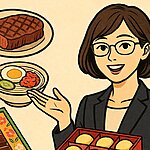
!["Negaseki" is one of the three ancient Oshu sekies that surpasses Minamoto Yoshitsune and Matsuo Basho [Tsuruoka City, Yamagata Prefecture] 3809167_m](https://jp.neft.asia/wp-content/uploads/2023/02/3809167_m-150x150.jpg)
